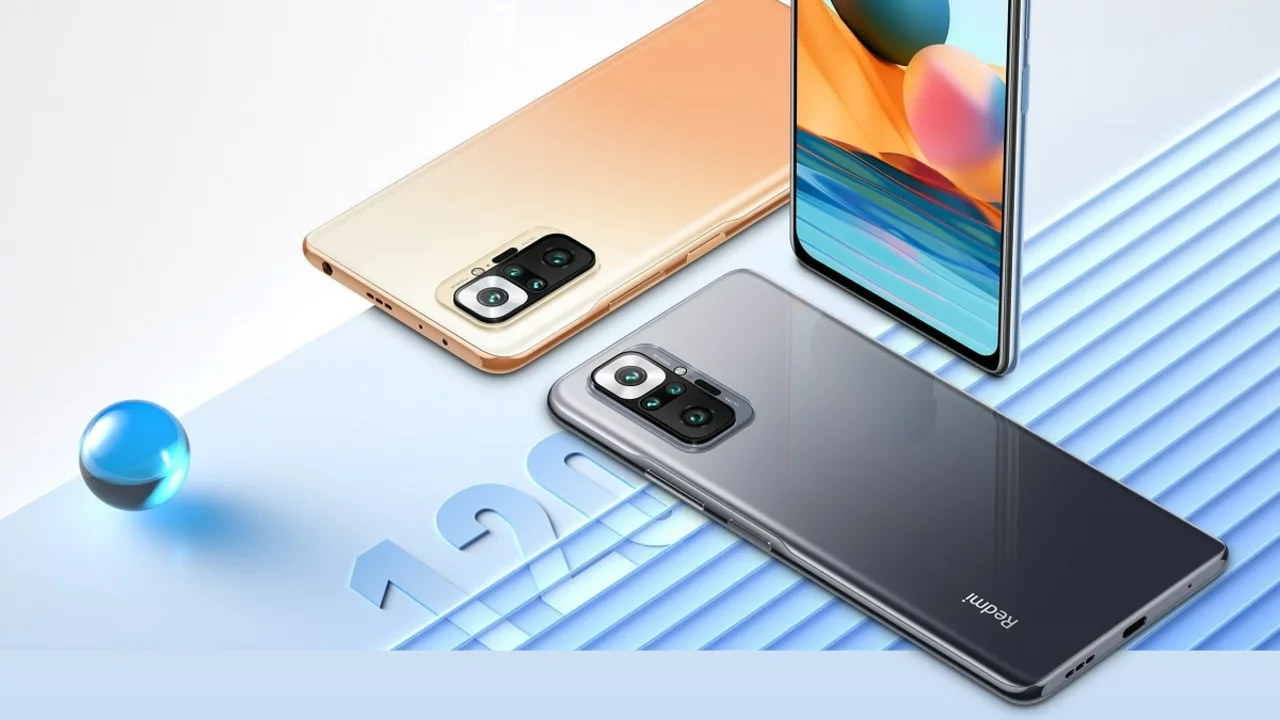Smartphone Features You Should Know
When you’re scrolling through endless phone listings, it’s easy to get lost in fancy marketing words. The real deal comes down to a handful of features that affect daily use. Below we break down the must‑have specs, why they matter, and how to spot a phone that actually fits your lifestyle.
Display and Build
The screen is the first thing you notice, so size, resolution, and type matter a lot. A 6‑inch OLED panel gives deep blacks and bright colors, while a 1080p LCD saves a bit of cash without sacrificing clarity for most apps. Look for HDR support if you stream movies often, and don’t ignore the glass quality – Gorilla Glass or similar helps curb scratches.
Camera Setup
Most phones now sport multiple lenses. The main sensor’s megapixel count isn’t the whole story; sensor size and aperture control low‑light performance. A 12‑MP sensor with a f/1.8 aperture often outshines a 48‑MP sensor that struggles in dim rooms. Ultra‑wide and macro lenses add fun, but they’re secondary to a solid primary camera. Check sample night‑mode shots before buying.
Battery life is a make‑or‑break factor. A 4,000‑mAh cell should comfortably last a full day for average users, especially when paired with an efficient processor. Fast‑charging (18W or higher) is a bonus, but keep an eye on the charger’s voltage – higher numbers mean quicker top‑ups. Wireless charging is handy, yet not essential unless you love the cord‑free vibe.
Under the hood, the processor determines speed and battery drain. Snapdragon 7‑series or equivalent MediaTek chips handle most tasks smoothly, while flagship‑grade CPUs excel at gaming and heavy multitasking. If you’re not a mobile gamer, a mid‑range chipset offers a good balance of performance and price.
Storage options can be a pain point. 128 GB is a safe baseline for apps, photos, and a few videos. Some phones let you expand with a microSD card, which is great for extra media. If the device lacks expansion, aim for at least 256 GB to avoid constant clean‑ups.
Software experience often gets overlooked. A clean UI with regular updates wins over heavily skinned Android versions that add bloatware. Check the manufacturer’s update track record – a phone that gets three years of security patches is worth the investment.
Connectivity features keep you linked. 5G is rolling out fast, but if your area still relies on 4G, you can skip the premium 5G models. Look for Wi‑Fi 6 support for faster home internet speeds, and Bluetooth 5.2 for better audio streaming and lower power use.
Security isn’t just about a lock screen. Fingerprint sensors built into the display feel slick, while facial unlock offers convenience. For the highest security, choose a phone with a dedicated secure enclave that stores your biometric data separately from the main OS.
Finally, consider extras that match your habits. A stereo speaker setup makes music sound richer, and an IP68 rating protects against water and dust if you’re often outdoors. These little details can turn a good phone into your perfect daily companion.

What is the Redmi Note 10 Pro Max?
The Redmi Note 10 Pro Max is a top-tier smartphone from Xiaomi's Redmi brand, known for its high-quality features at an affordable price. It boasts an impressive 108MP primary camera, a vibrant Super AMOLED display, and a powerful Snapdragon 732G processor. The device also comes with a large 5020mAh battery, offering long-lasting usage. It's available in three different variants, based on RAM and storage. In a nutshell, the Redmi Note 10 Pro Max offers premium specs without breaking the bank.